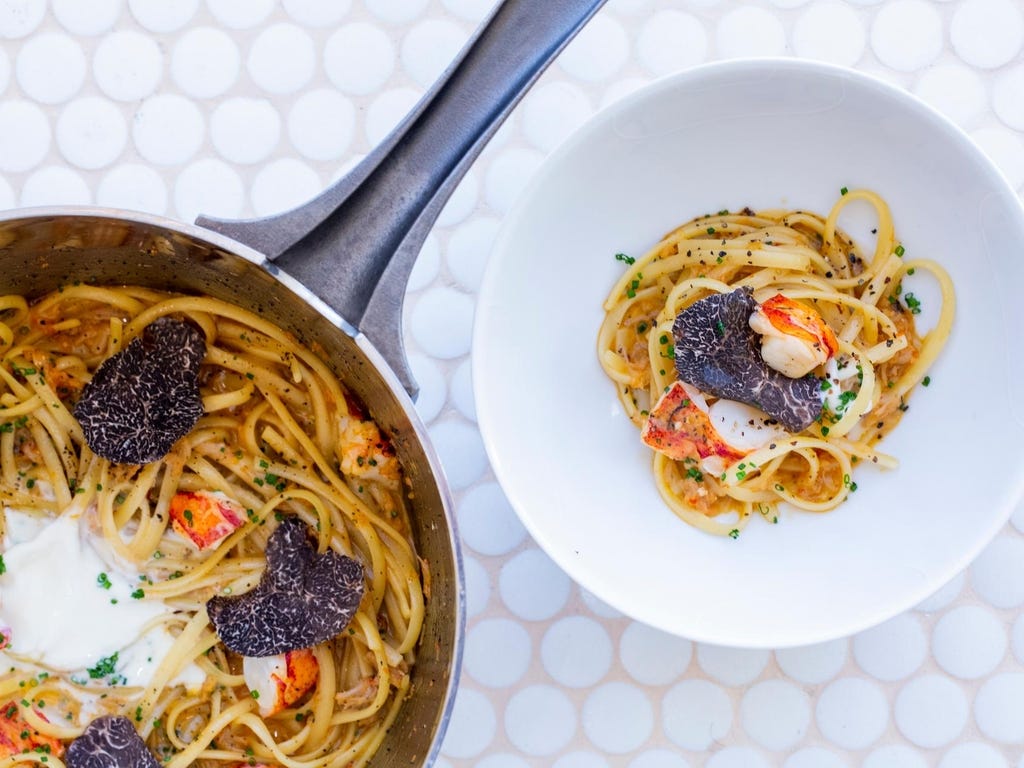As the season of festivities and end-of-year feasting approaches, here is a question worth asking: which countries feed the world? By that I mean: which countries provide the food that reaches restaurant tables abroad? In other words, whose food might you and your family and friends be eating if you go out for a meal?
There are three ways to search for an answer. One is very personal: finding out what you like. Second, ranking the popularity of culinary exports worldwide — something recently done by Joel Waldfogel, an economist at the University of Minnesota. And third, going by a survey conducted a few months ago by YouGov, a British market research firm, which asked 25,000 people in 24 countries their favourite national cuisines.
There is plenty of overlap between the conclusions of the university study and the survey. Both YouGov and Minnesota University paper found that Italy, China and Japan — in that order — had the most popular cuisines globally. Mr Waldfogel used data from market research firm Euromonitor as well as hotel and restaurant review site TripAdvisor to estimate the popularity of cuisines in 17 countries. YouGov asked people which of the 34 national cuisines they had tried and whether they liked or disliked them. The results mean that Italy’s pizza and pasta, China’s noodles and Japan’s sushi can reliably be expected to be on the plates of people in far-flung places.
In some ways, this gives Italy, China and Japan more leverage on the world’s consciousness than more militarily powerful, economically important and diplomatically astute countries. But how?
Well, this is more than a foodie issue. Successful culinary diplomacy speaks to soft-power projection, often much beyond a country’s actual geopolitical relevance. When a country acquires cultural influence — and food is a big part of that — it becomes both a template and a trendsetter, creating a lingering idea of an attractive way of life and an undefinable vibe that suggests creativity, desirable values, admirable standards and good taste. By extension, food influences foreign perceptions of the way a country does business and might factor into how it attracts investment.

Italy is a case in point. Food has long been part of the country’s hearts-and-minds overseas projection of itself, with Italian embassies and consulates around the world regularly organising food-orientated events such as tastings, presentations by celebrity chefs, fairs and films. What is on the plate generally finds favour despite the monotonous helpings of bad news routinely served up by Italy, not least persistent political instability and an ailing economy with huge debts — 132 per cent of GDP at the end of last year — that just keep rising. And yet a big bowl of pasta puttanesca or arrabbiata generally gets past all of that, creating a warm, fuzzy feeling about la dolce vita — a sweet, easygoing life.
Other countries have learnt by watching. In 2012, the US state department launched an 80-strong diplomatic “chef corps” to promote American cuisine overseas, with secretary of state Hillary Clinton describing food as “the oldest diplomatic tool”. She said that “sharing a meal can help people transcend boundaries and build bridges in a way that nothing else can”. Thailand too has a government-sponsored Global Thai programme for pad thai and massaman curry, and South Korea pursues a relatively low-key “kimchi diplomacy” that tries to get people outside the peninsula to eat Korean food.
And then there is Japan, near the top of the list of cuisine-exporting countries. Although Japan developed an advanced economy after the Second World War, becoming rich as it mastered high-tech and miniaturisation, it is fair to say the Japanese sensibility is little understood by foreigners who lack close links or engagement with the country. This could have something to do with Japan’s self-sought isolation from the world for 200 years from 1630, as well as its palpable reserve even after the 19th century, when it became part of the global system. And yet Japan’s stand-offishness does not seem to affect the way hipsters and the health-conscious across the globe approach sushi — Japan’s gift to the world of convenience food — albeit with some creative rejigging in the 1970s in California.
Along with sushi, bento lunchboxes have become popular, as has the traditional Japanese condiment, shichimi spice powder. The number of Japanese restaurants outside Japan — rising from roughly 20,000 in 2006 to nearly 120,000 in 2017 — is another indicator of the popularity of its cuisine.
The fact that sushi’s rise occurred relatively recently — over the past half-century — is considered the result of marketing and a fortuitous aligning of the stars. Raw fish is non-fattening. So mass-produced rolls of cold rice and slivered salmon, with a smear of wasabi or horseradish, has become the alternative Big Mac — the healthy convenience food of choice. But some also credit the Japanese government for expanding the scope of the Japanese External Trade Organisation to include public relations, as well as lobbying efforts that resulted in the 2012 addition of Japanese traditional cuisine to Unesco’s list of Intangible Cultural Heritage.
The lessons from Japan are now increasingly in focus in Africa. Many say that a clutch of cuisines — from Ethiopia, Senegal, Ivory Coast and Nigeria — should push beyond borders and tell the story of their difference, thereby creating deep linkages between peoples around the world and their individual cultures and history.
But for that to happen, the argument goes, governments across the African continent will need to intervene strategically. That makes sense. But in an Instagram-ready world, the real synergy may be found in entrepreneurial efforts to market — and spread the word — about relatively little-known goodies such as Ethiopia’s gluten-free, fibre-rich injera bread.
In fact, when a country can sell its cuisine to the world, it shows it is open for business — and that the food is just for starters.


